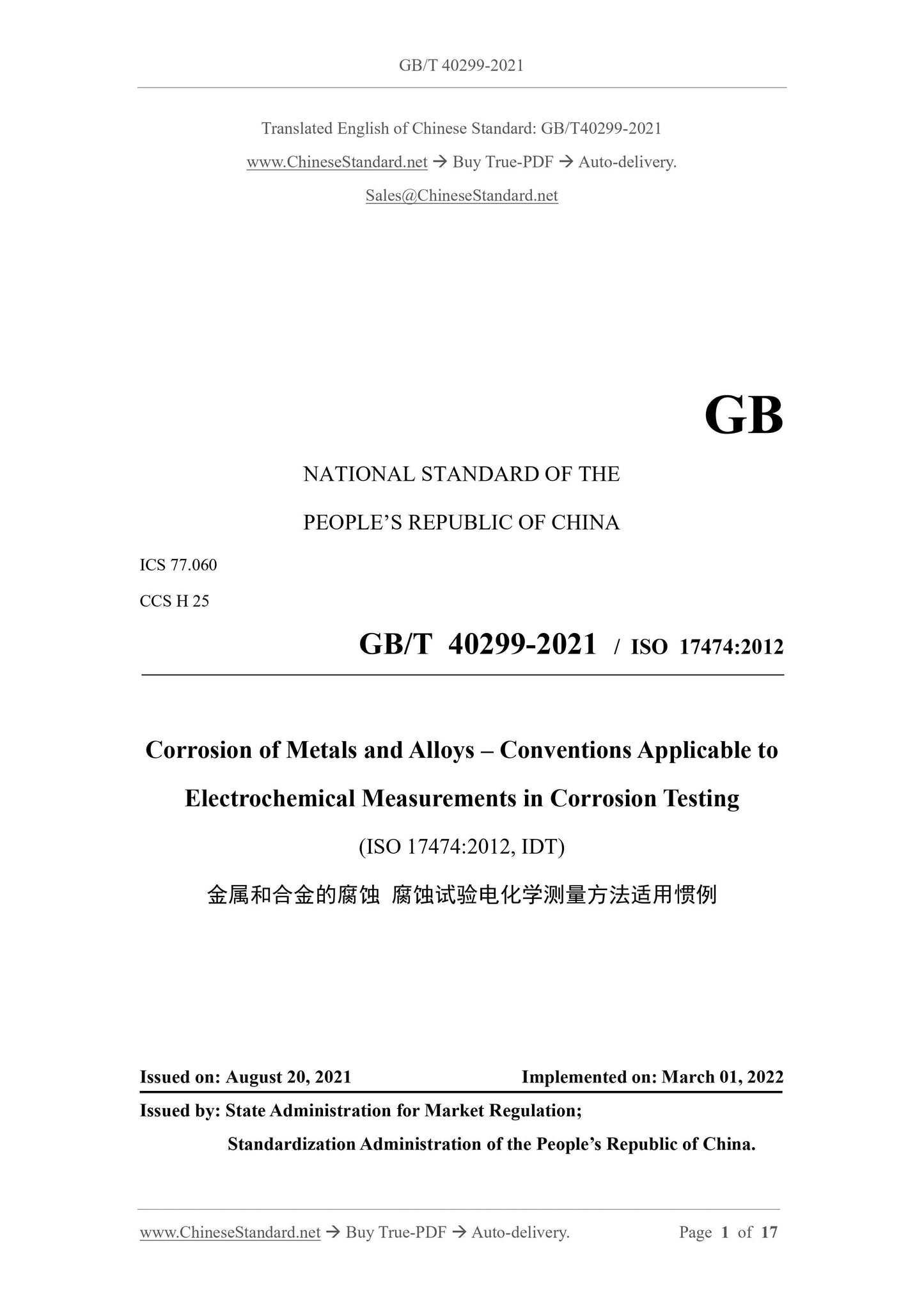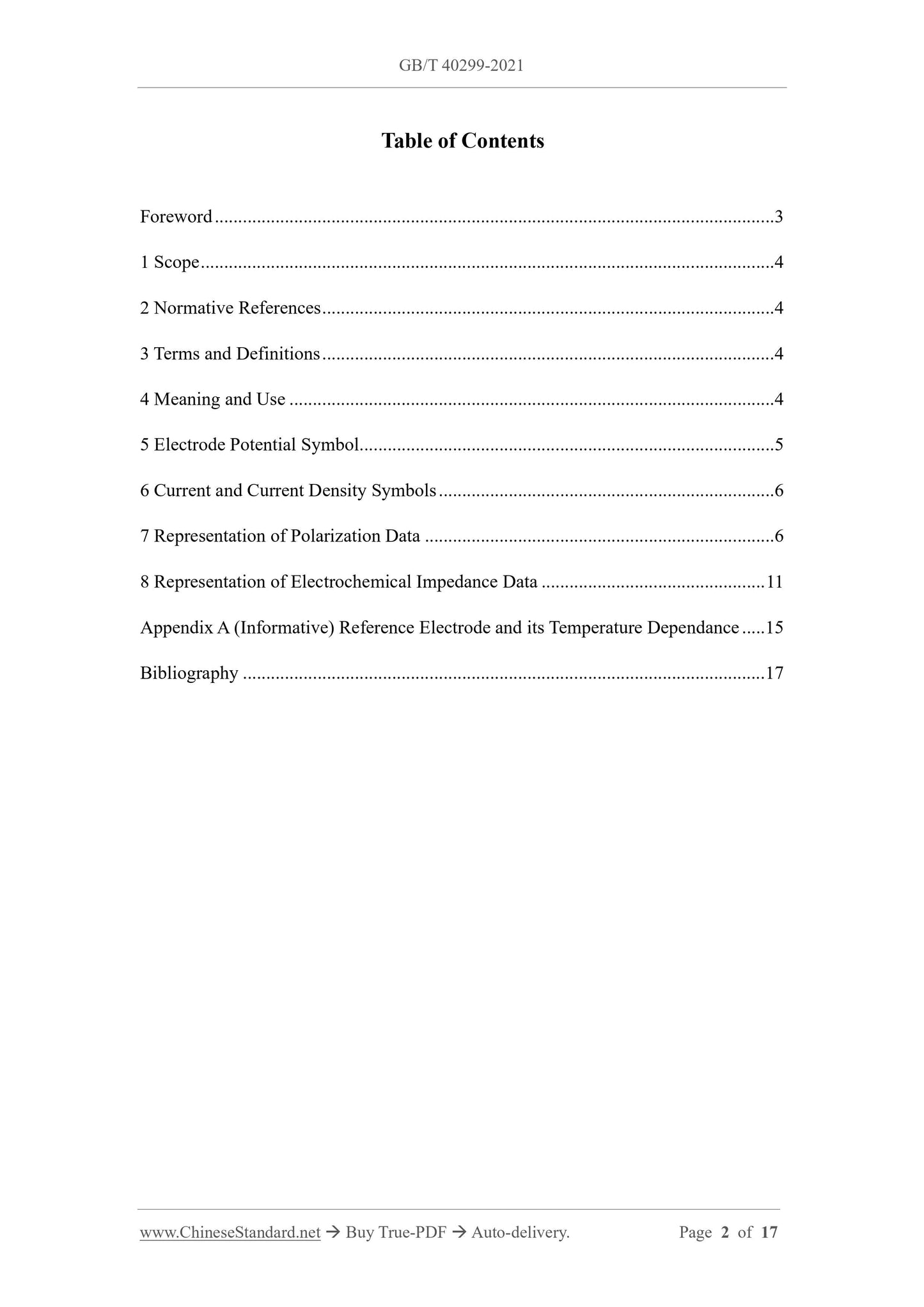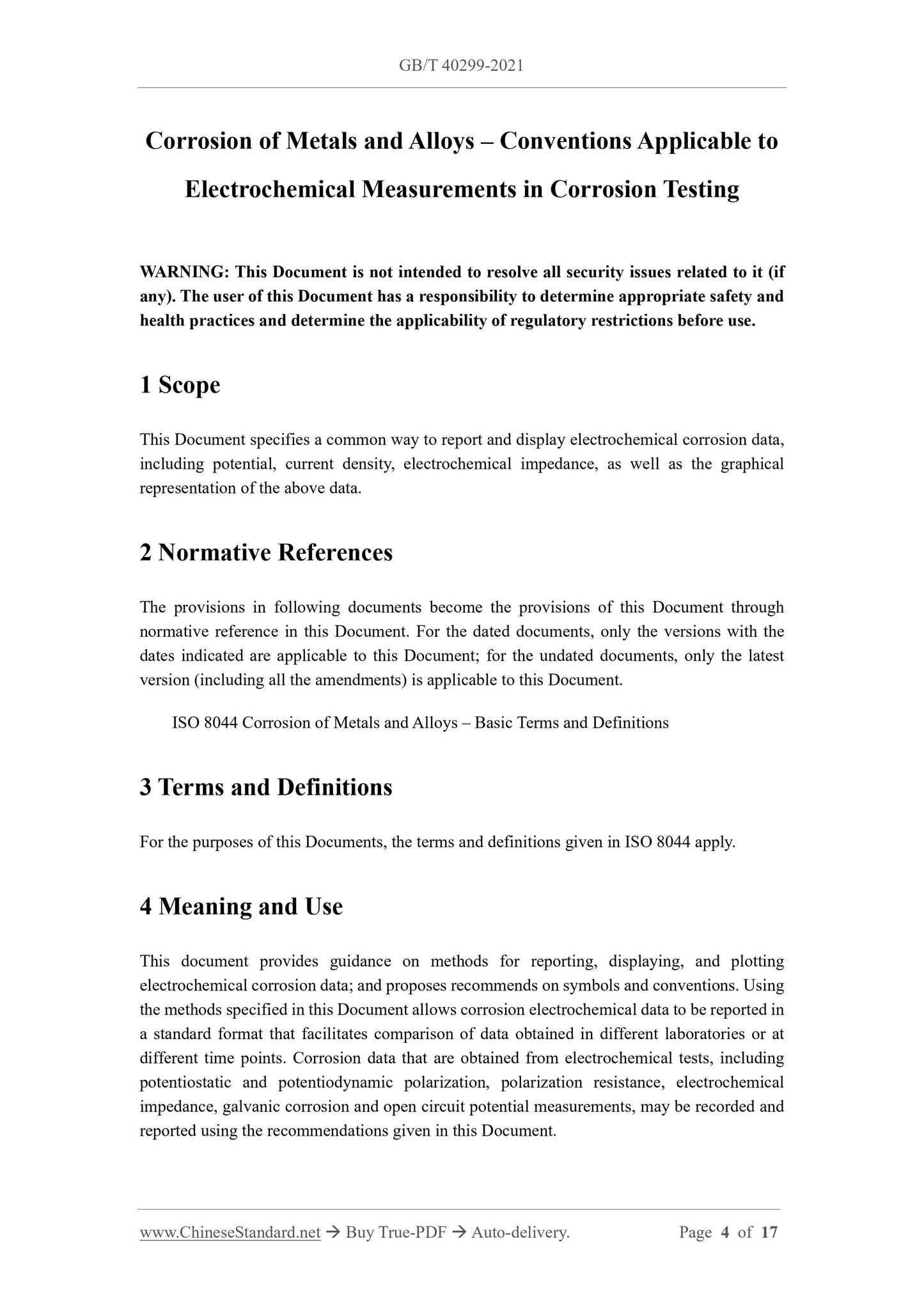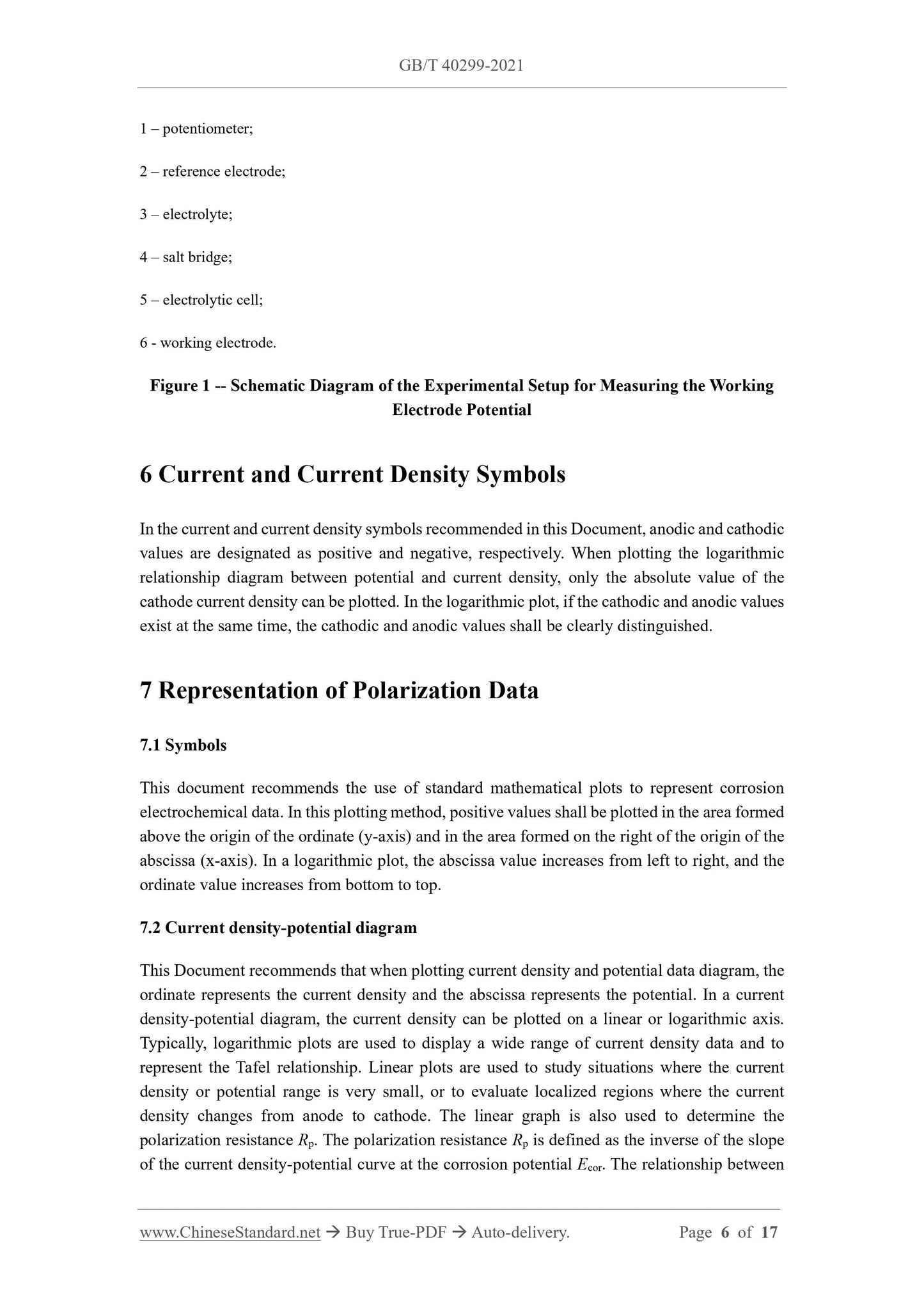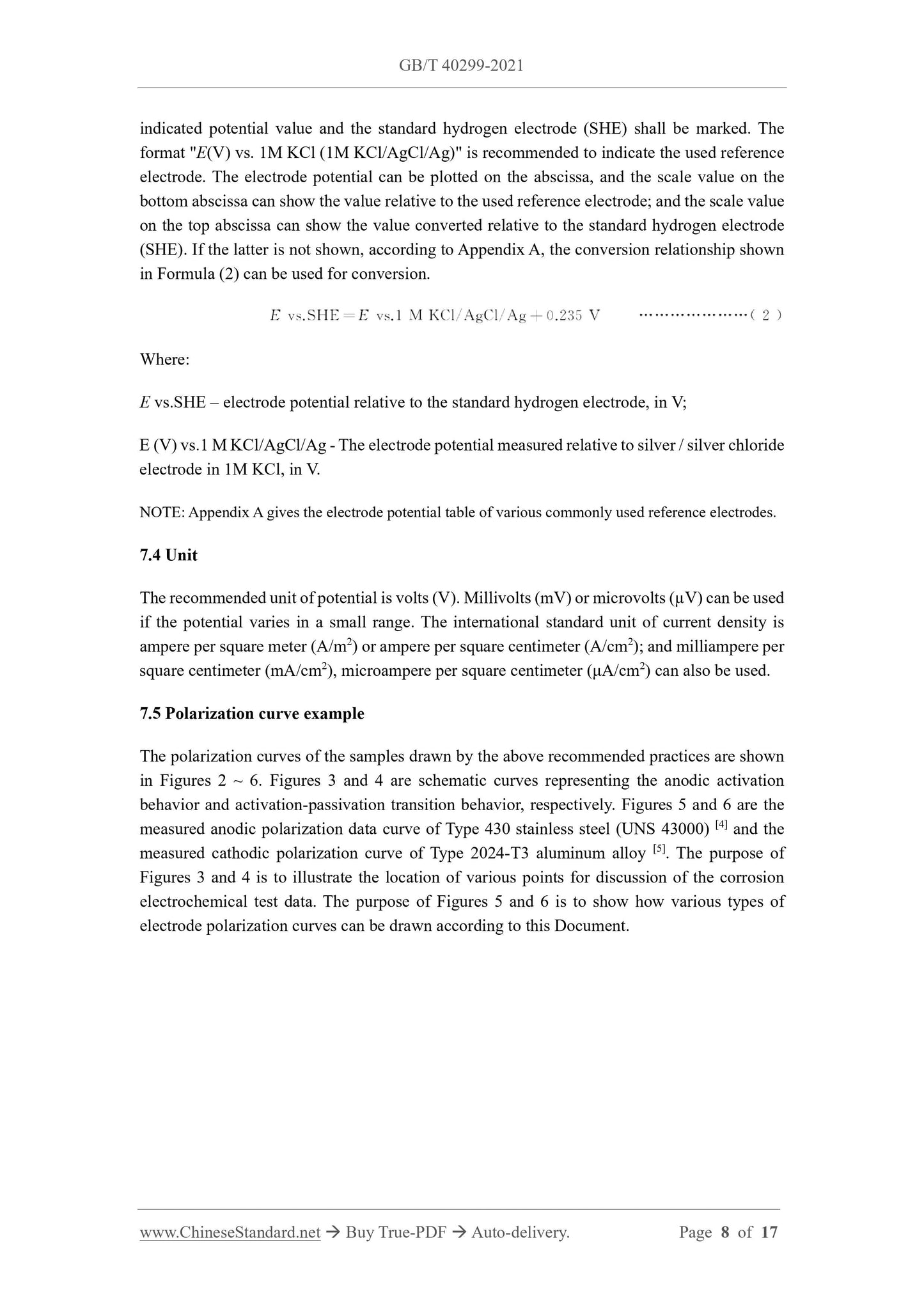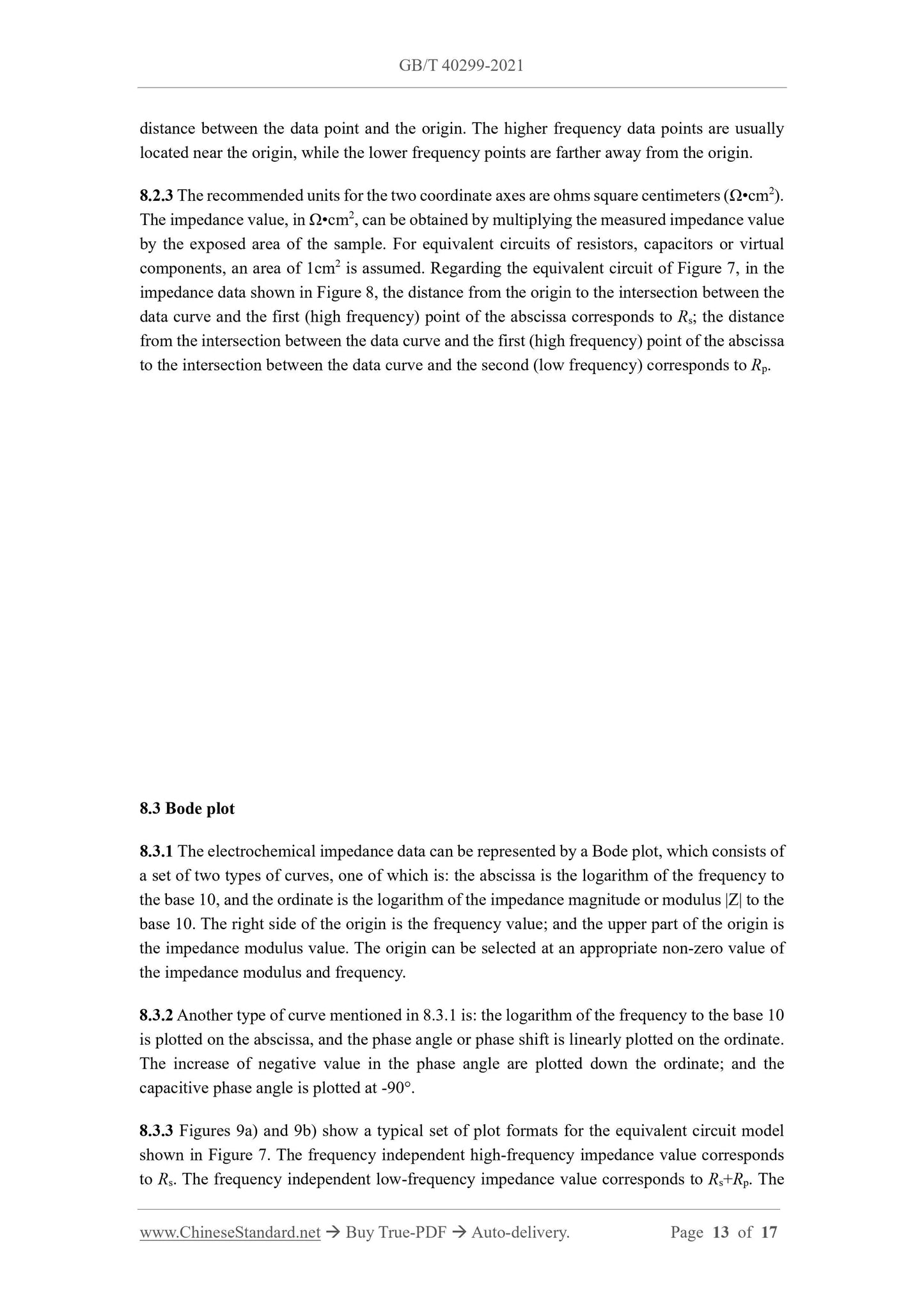1
/
of
6
www.ChineseStandard.us -- Field Test Asia Pte. Ltd.
GB/T 40299-2021 English PDF (GB/T40299-2021)
GB/T 40299-2021 English PDF (GB/T40299-2021)
Regular price
$230.00
Regular price
Sale price
$230.00
Unit price
/
per
Shipping calculated at checkout.
Couldn't load pickup availability
GB/T 40299-2021: Corrosion of metals and alloys - Conventions applicable to electrochemical measurements in corrosion testing
Delivery: 9 seconds. Download (and Email) true-PDF + Invoice.Get Quotation: Click GB/T 40299-2021 (Self-service in 1-minute)
Newer / historical versions: GB/T 40299-2021
Preview True-PDF
Scope
This Document specifies a common way to report and display electrochemical corrosion data,including potential, current density, electrochemical impedance, as well as the graphical
representation of the above data.
Basic Data
| Standard ID | GB/T 40299-2021 (GB/T40299-2021) |
| Description (Translated English) | Corrosion of metals and alloys - Conventions applicable to electrochemical measurements in corrosion testing |
| Sector / Industry | National Standard (Recommended) |
| Classification of Chinese Standard | H25 |
| Word Count Estimation | 14,187 |
| Issuing agency(ies) | State Administration for Market Regulation, China National Standardization Administration |
Share
